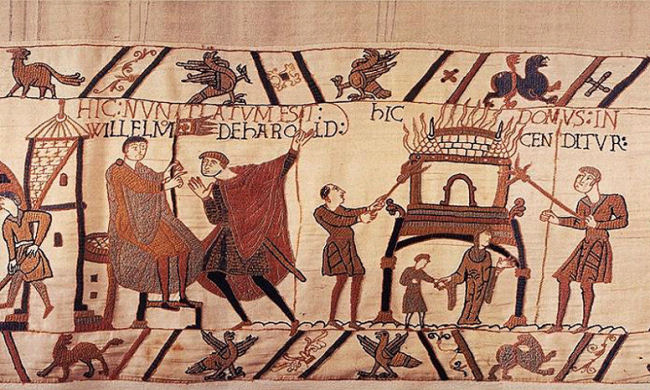In Berlin, there wasn’t a single part of the city that wasn’t touched by the massive bombing campaign that occurred in the city during the final years of World War II. As a result, it is rare to be able to visit somewhere in a city that is from before the war. Schloss Charlottenburg is an exception, as the palace originates from the 17th century and was home to Prussian royalty, starting with Frederick the 1st. My visit to this palace ended up as the highlight of my time in Berlin. What endeared me to this palace was not just the beautiful rooms or wonderful gardens; rather, it was also the surroundings of the palace, which gave off a very different feeling from the rest of the city. Located in the aptly named, somewhat sleepy neighborhood of Charlottenburg, the area feels completely different from the hustle and bustle of the rest of Berlin. It has many small cafes, restaurants, and neighborhood parks. Emphasizing this, when I visited, I was surprised to find what seemed to be a small children’s fair going on in the courtyard outside the palace. It almost reminded me of the fair that my hometown puts on every summer. It made me glad that a happy scene like this is able to occur in a city that has gone through so much turmoil in the not-too-far past.

It just needed a couple amusement park rides that failed all their safety checks and I would have felt at home
The Palace itself has an interesting story, as even though the palace dates back to the late 17th century, the history of the palace does connect to World War II and what our group has learned about all throughout this program. While certain rooms look untouched from the 1700s, Schloss Charlottenburg was not an exception to being affected by the bombing of the city during the war, as it did take heavy damage during the war. Parts of the palace were reconstructed from their original states, which is helpfully explained through the tour of the palace. This was something I did not know about before I visited the site, although it really should not be surprising. This fact only goes to emphasize that it’s nearly impossible to escape the war, no matter where a person is in the city.

This room that was unaffected by the bombing was filled from floor to celling with expensive china
Moreover, there is another connection between Schloss Charlottenburg and the war, specifically with the most famous resident of the palace, Fredrick the Great. Fredrick the Great was a person that Adolf Hitler had a great appreciation for, and he even kept a picture of him in his personal war headquarters. He particularly idolized him during the Battle of Berlin, as he hoped to outsmart the Soviets surrounding Berlin to save the city, similar to how Fredrick once performed a similar action during the Seven Year’s War. However, ironically, Hitler only idolized the superficial aspects of Fredrick’s story. In reality, Fredrick was an accomplished non-conformist musician and a homosexual, someone Hitler would’ve hated. Frederick is a celebrated figure even in modern Germany, which is wholly evident at this palace. The celebration of Frederick the Great and other points of Prussian history at this palace was an interesting breath of fresh air from most of the historical sites in Berlin that I visited as a part of this program which portrayed history in an apologetic manner rather than celebratory.

He’s so beloved that they even turned him into a marketable figure (which I of course bought)
Altogether, my experience at Schloss Charlottenburg was a change of pace compared to the rest of my visit to Berlin, that also provided evidence that the war still touches all parts of the city.



